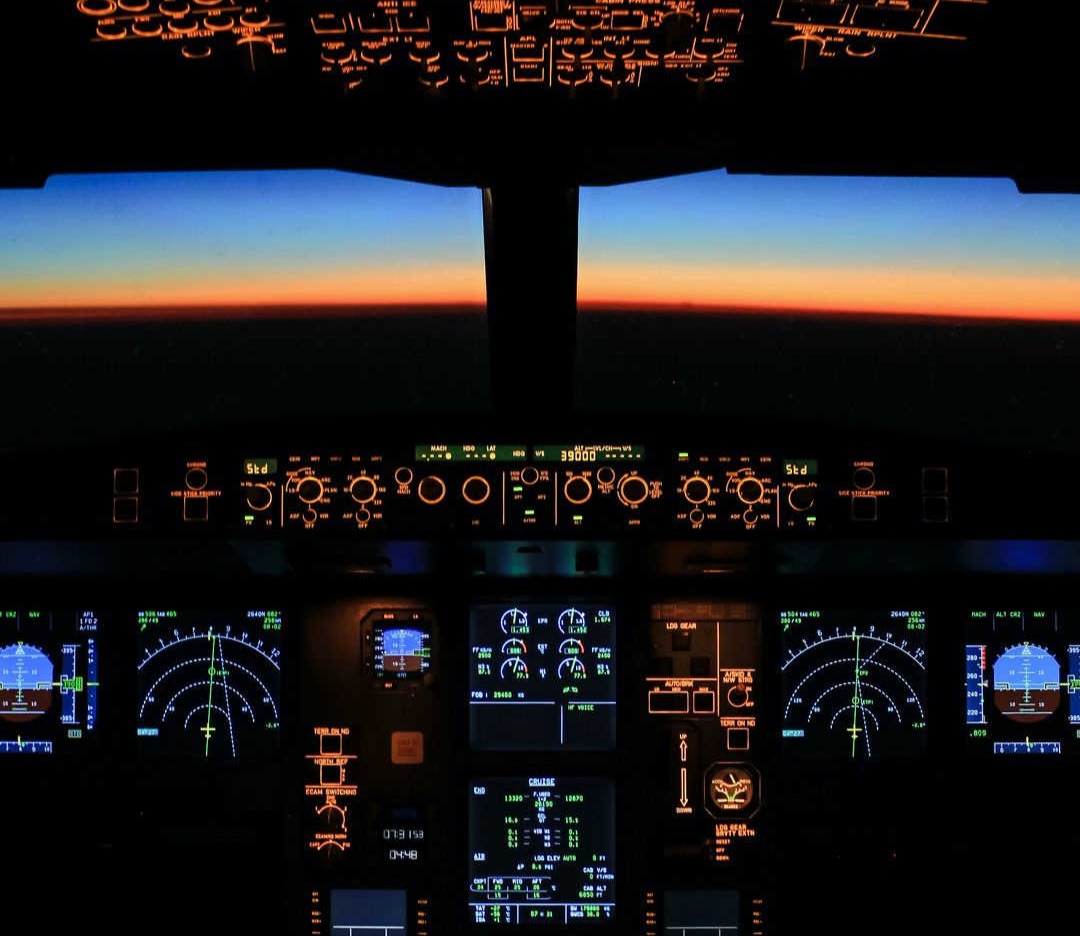

Initially, I was planning to take the easy path and use one single monitor in F-35 style to show all the cockpit displays and instruments, in order to have the sim ready to fly sooner.īut I knew that this would make me regret it every time I looked at it, since a flat cockpit is a gross contradiction to the beautiful geometry of the real F/A-18E cockpit (which has 5 offset screens and a standby instrument panel, all at different angles). Panels, switches and lightsįind some info here on how I made the various cockpit panels and where to source switches, pushbuttons and lights. The simpit is a wooden construction as closely as possible to the dimensions of the real F/A-18E cockpit. In this mode the jet will now turn to maintain the desired magnetic heading as set using the HDG/TK switch, the current desired heading is displayed in the HSI on the outer compass ring and looks like 2 rectangles smashed together, this mode only maintain the desired heading and will not compensate for wind.Here's how I made stuff for my 'main' simulator, the F-18E Super Hornet: Simpit structure Pressing HDG a second time changes it to HSEL. Pilot roll inputs will override the AFCS in HDG mode, once the pilot inputs stop the AFCS engages HDG mode again based on the parameters discussed above. if the current bank angle is greater than 5 degrees, it holds the current bank angle.if the current bank angle is 5 degrees or less, the AFCS rolls wings level and maintains the current heading.When heading mode is engaged the following occurs Roll mode simply maintains the current bank angle, the desired bank angle can be changed by simply rolling the jet with the stick, once the stick is released the new bank angle is set as the desired bank angle. With this mode activated the autopilot will automatically intercept the current flight plan and proceed to the selected WYPT, once within approximately 2NM it will automatically step to the next waypoint and continue following the flight planned sequence shown by the dashed lines on the HSI. We also have the option of boxing the desired waypoint sequence (SEQ1,SEQ2, or SEQ3), then boxing AUTO on the bottom right, this will give us a CPL SEQ option. the CPL button on the A/P menu changes to CPL WYPT.the waypoint # and distance will repeat on the HUD.a box will surround it to indicate our selection.In this guide we’re going to use the waypoint, once we press WYPT the following happens

Next we have to chose if we want to couple our AFCS to the waypoint or TCN, this is done by selecting either the button to the left of TCN or to the right of WYPT. You can see we have waypoint 1 selected and shown on the HSI by a small circle in front of the jet to the right, and we have the NKX TACAN tuned and shown by a small circle behind the jet. Now we’re going to the HSI page on any DDI and pressing SEQ1 at the bottom right, this will draw a broken line connecting all the waypoints of our flight plan.įirst we’re going to look the Coupled Steering modes. Now let’s explore the Coupled Steering and Roll Relief modes.įor easier visualizing I’ve loaded a basic VOR-VOR flight plan from KNKX-KLSV in the World Map for this guide. When applying pitch inputs via the control stick the AFCS will revert control back to the pilot, one the inputs stop the AFCS will set the current VVS pitch angle as the new target pitch. For example if you pitch the nose up to place the velocity vector of the HUD at 10 degrees (image 1), engage FPAH, then place the throttles to idle, as the jet slows down the AFCS will automatically pitch the nose up and attempt to maintain the velocity vector at a 10 degree pitch (image 2). This mode can only be engaged below 5000ft AGLįPAH holds the position of our last Velocity Vector (VVS) pitch angle. RALT functions identically to BALT mode by maintaining a target Radar Altitude above ground. Any significant pitch/roll input from the pilot will automatically disengage BALT and the AFCS will revert to FPAH mode. Once engaged you cannot adjust the target altitude, to complete any altitude change you must disengage BALT mode, climb/descend to the new desired altitude, then engage BALT again. Pressing BALT will automatically enter your current barometric altitude and and automatically adjust pitch to hold that altitude. Let’s start by looking at our Pitch Relief modes Engaging any Roll Relief mode will automatically engage FPAH mode unless BALT or RALT is already engaged. Engaging any Pitch Relief mode will automatically also engage the HDG mode unless ROLL, GTRK,GSEL,HSEL, or CPL mode is already engaged. With the exception of CPL mode, the left hand side is our Pitch Relief modes, and the right hand side is our Roll Relief modes. When you press the A/P button on the UFCD you’ll be presented with the following


 0 kommentar(er)
0 kommentar(er)
